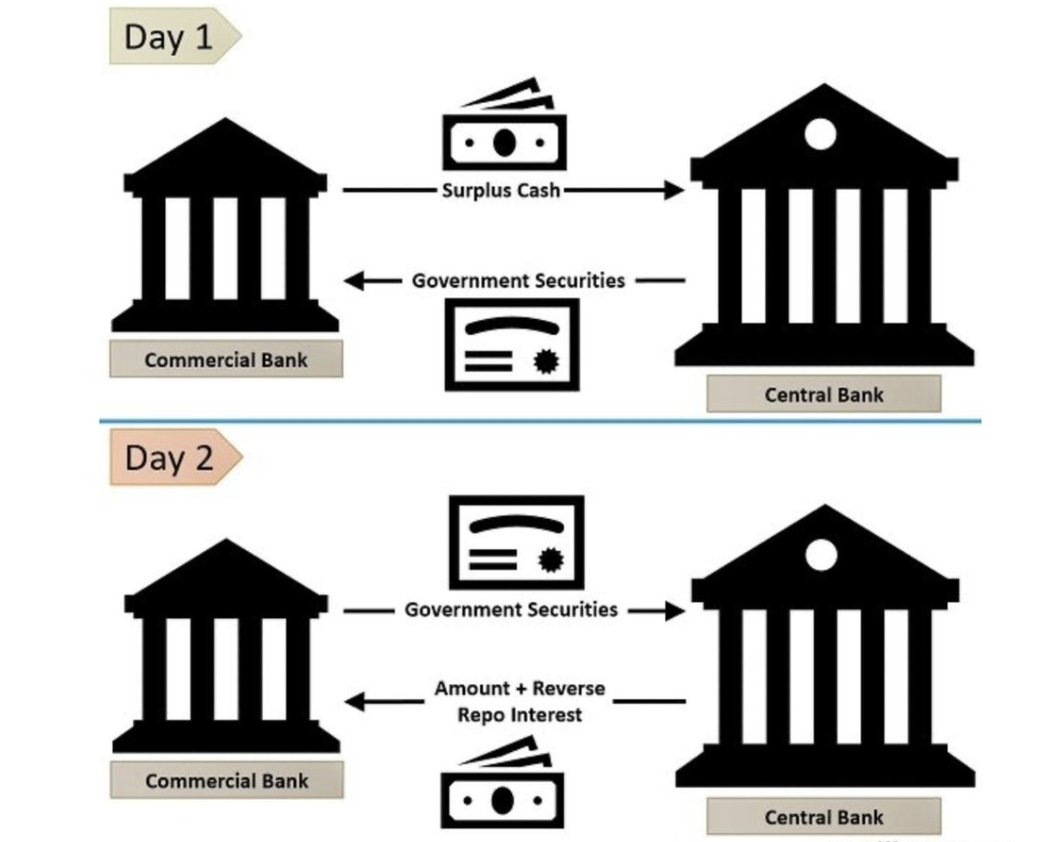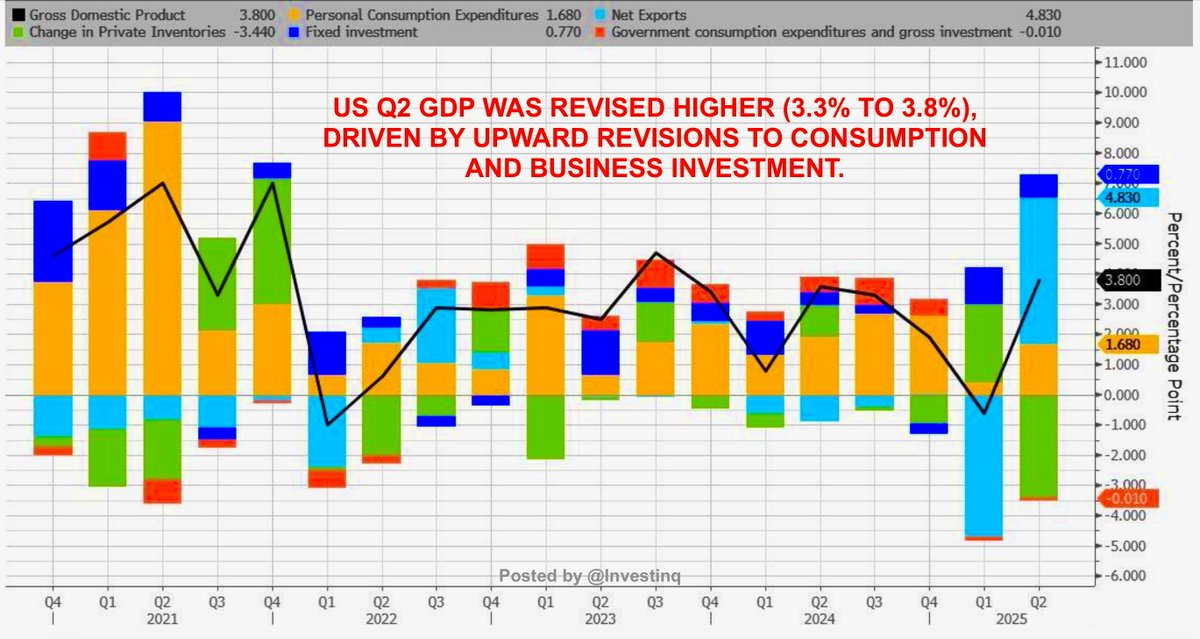
Covering the biggest moves in the stock market, the headlines making waves, and the trends shaping tomorrow.
6 subscribers
How to get URL link on X (Twitter) App


 First Brands wasn’t small. It supplied parts to Walmart, AutoZone, and O’Reilly.
First Brands wasn’t small. It supplied parts to Walmart, AutoZone, and O’Reilly.

 Office towers are collapsing as a business model.
Office towers are collapsing as a business model.

 The Reverse Repo Facility is the Fed’s overnight parking lot for cash.
The Reverse Repo Facility is the Fed’s overnight parking lot for cash.

 The shutdown is now in week two and Washington’s gone silent.
The shutdown is now in week two and Washington’s gone silent.

 AMD and OpenAI are the latest example.
AMD and OpenAI are the latest example.



 Let’s start with the labor market.
Let’s start with the labor market.

 A budget deficit means Washington is spending more than it collects in taxes.
A budget deficit means Washington is spending more than it collects in taxes.

 Heavy trucks are the backbone of American industry. They haul food, steel, machinery, and consumer goods.
Heavy trucks are the backbone of American industry. They haul food, steel, machinery, and consumer goods. 

 Here’s the issue: the average U.S. homeowner has a mortgage at just 4.1%.
Here’s the issue: the average U.S. homeowner has a mortgage at just 4.1%. 

 Retail Sales hit Tuesday at 8:30 ET.
Retail Sales hit Tuesday at 8:30 ET. 
 There are three main methods BLS uses in the CPI Commodities & Services survey:
There are three main methods BLS uses in the CPI Commodities & Services survey:

 The PPI measures “factory door inflation.”
The PPI measures “factory door inflation.”

 Every month, the government publishes payroll numbers using a survey called the Current Employment Statistics (CES).
Every month, the government publishes payroll numbers using a survey called the Current Employment Statistics (CES). 

 Prime Minister François Bayrou was toppled after losing a no-confidence vote 364–194.
Prime Minister François Bayrou was toppled after losing a no-confidence vote 364–194.
 What is a benchmark revision? Each month, the BLS estimates job growth by surveying ~122,000 businesses.
What is a benchmark revision? Each month, the BLS estimates job growth by surveying ~122,000 businesses.

 Let's start with the U.S.
Let's start with the U.S.

 Stagflation is the rare moment when an economy gets hit from both sides.
Stagflation is the rare moment when an economy gets hit from both sides. 

 Let’s start with the big picture. The U.S. government spends more money than it collects in taxes.
Let’s start with the big picture. The U.S. government spends more money than it collects in taxes.
 Start with ADP, the private payroll report.
Start with ADP, the private payroll report.